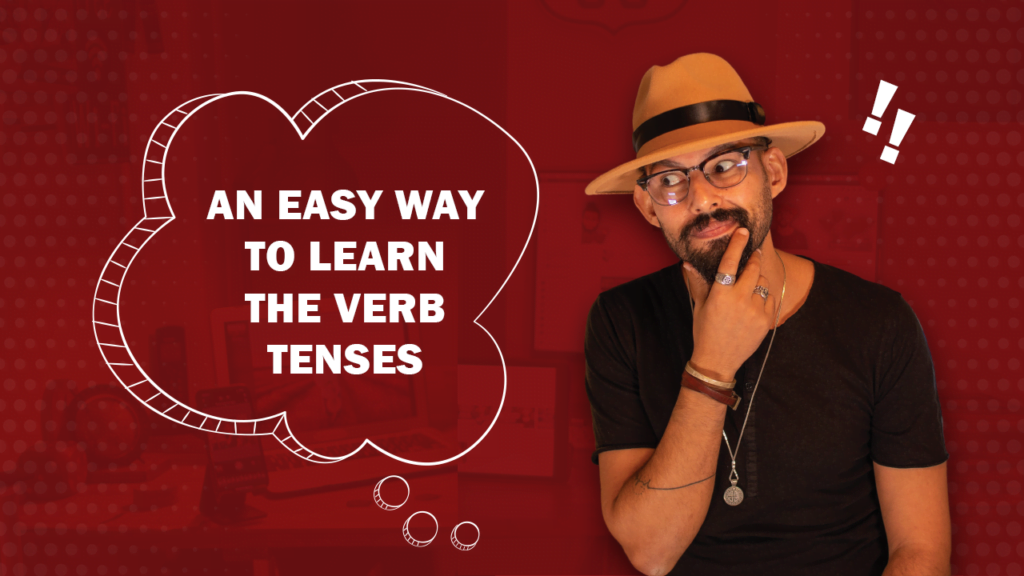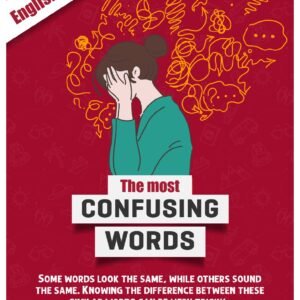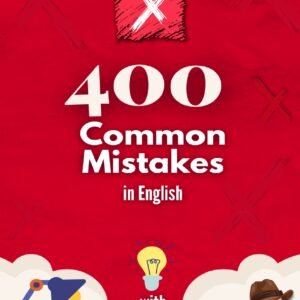An easy way to learn the Verb tenses
Verb tenses can be difficult for students to grasp, especially those whose native languages do not have an extensive verb tense system.
When discussing verbs with our students, the two main parameters that we need to cover are:
- Tense – Refers to the location in time of an event or action in three basic timeframes:
Present – Chris walks to work.
Past – Chris walked to work.
Future – Chris will walk to work.
Technically speaking, since the future does not cause any inflection of the verb, it is not considered a tense. (Therefore, officially, there are only two tenses in English: present and past)
However, we call the future “time” the future “tense” for the sake of avoiding confusion when combining tense with aspect.
- Aspect – Defines how the flow of time is viewed in the sentence. In other words, it refers to how an event or action is to be viewed with respect to time.
In English there are four aspects:
Simple – Describes habitual or repeated actions, general truths, and with certain indicator words such as “before” and “after,” can refer to future actions.
Continuous – Refers to incomplete actions, still in the progress of happening.
Perfect – Refers to actions completed before another point in time
Perfect-Continuous – refers to something started in the past that has continued up until a certain point in time.
Each of these aspects can be used in all three tenses, creating 12 actual verbal aspects.
Take a look at the following examples:
- Marie fell in love when she was twenty.
- Marie has fallen in love.
- Marie is falling in love.
Sentence a), “Marie fell in love” shows us that the action occurred in the past (when Marie was twenty). Therefore “fell” indicates the simple aspect.
Sentence b), “Marie has fallen in love” tells us that the action took place in the past, but the “has” implies that it happened not too long ago. In addition, it implies that Marie is still in love. Therefore, “has fallen” indicates the perfect aspect.
Sentence c), “Marie is falling in love” shows us that the action is presently ongoing. Therefore, “is falling” indicates the continuous aspect.
The following chart visually explains how tense and aspect combine to form the 12 verbal aspects:
Division of Time
Verb tenses are taught according to the three time frames on a timeline:
→ present – now
→ past – time before now
→ future – time after now
Using a timeline like this provides a visual aid to better understand explanations of conjugation and terminology of the following basic verb forms chart:
Present Tense
This is the current time – now. For example:
- “She is reading a book”
- “He likes school”
- “I am not eating that food”
The present verb form can be used in the following four aspects:
1) Present Simple is used to show habitual activity.
The base form of every verb (i.e., talk, have, make, do, etc.) is modified depending on the subject
For example:
- “He talks all the time.”
- “They have a house on the Riviera.”
- “She does her homework at 7pm.”
- “Brian is in the kitchen.”
- “She loves this place.”
2) Present Continuous is used to show an ongoing activity, describe an action that is incomplete, or describe an action that is happening now.
The structure uses the auxiliary verbs am/is/are + base verb + ing (present participle).
For example:
- “He is talking about his trip to Cambodia.”
- “They are having lunch.”
- “I am reading this book.”
- “I am taking a shower.”
- “This cannot be happening.”
3) Present Perfect is used to:
- Show an activity that started in the past and is still continuing now
- To describe an experience
- Talk about change that has happened over time
- List accomplishments
- Talk about several things that happened in the past
- Talk about something that has not yet happened
The structure uses has/have + the base verb (past participle)
For example:
- “I have lived in three countries.”
- “I have seen this movie before.”
- “I haven’t swum all day.”
- “She has not arrived yet.”
4) Present Perfect Continuous is used to show that something was started in the past and has continued up until now.
The structure uses has/have + been + base verb + ing (present participle)
For example:
- “I have been waiting here for two hours.”
- “He has been feeling tired lately.”
- “How long have you been sitting here?”
- “We have been swimming all day.”










Thank you.